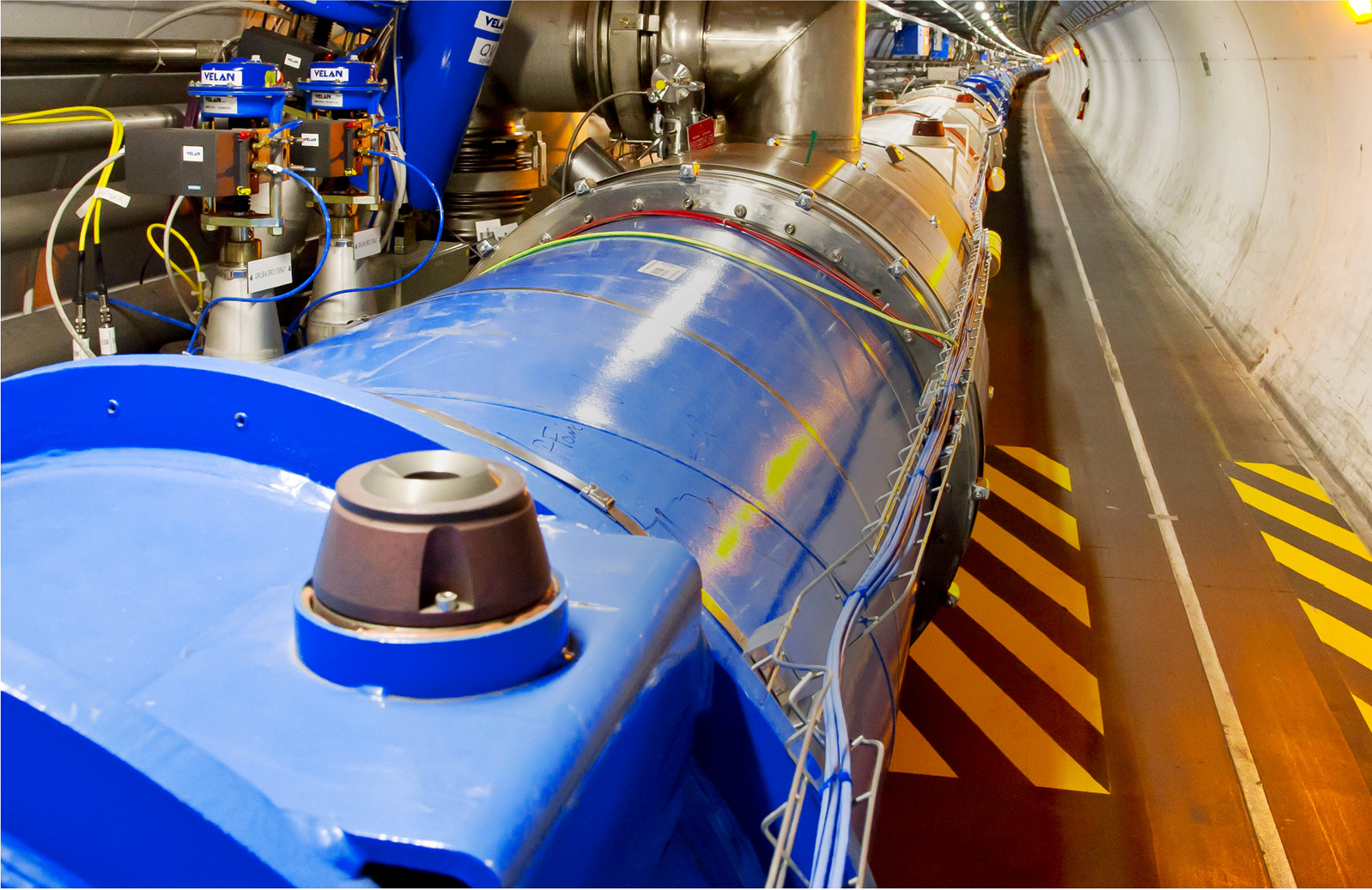Short abstract:
The goal of this PhD project is to model, simulate, design and test a controllable SRAM based radiation monitor by modulating the supply voltage during operation and other means of having cell-types with different sensitivities, or SEU cross-sections. The targeted innovation is to develop an SRAM chip in an advanced CMOS technology where the sensitivity to radiation is not minimized by design but made tuneable, such that the radiation level (flux) can be monitored. The challenge is to obtain a highly flexible radiation monitor with a controllable SEU cross-section combined with intrinsic tolerance to both total ionizing dose and single-event latch-up. The sensor targets mixed field environments like at CERN and can be used in particle radiation facilities as a beam monitor or as a dedicated instrument for cross-calibration of different facilities. The monitor will also be used by ESR1 and ESR2; while ESR9 and ESR10 will provide predictive tools for SEU/SET and SEL respectively as useful input for the design and assessment of the SRAM modules. It will provide a flexible means of calibrating both test facilities and actual operational environments.
Long abstract:
The goal of this PhD project is to model, simulate, design and test a controllable SRAM (Static Random-Access Memory) based radiation monitor. An SRAM chip contains a matrix of static memory cells which can be randomly accessed within the same read or write time. The cells are meant to maintain their 1-bit information as long as the chip is powered. When highly energetic particles impinge on the chip, electron-hole pairs are generated in an ionization track and these charges may upset the logical state of one or more cells, known as a single-event upset (SEU). While current research is very much focused on minimizing this radiation effect in nanometre SRAM cells and associated readout circuits, the targeted innovation of this project is to develop an SRAM chip in an advanced CMOS technology where the sensitivity to radiation is made tuneable by design rather than minimised. The SEU cross section is determined by the critical charge from direct ionization in the sensitive volume of such an SRAM cell. Hence, knowledge of this critical charge for a cell would allow the SRAM chip to be used as a monitor of a high-energy particle flux. Moreover, by reducing the supply voltage, the cells can be upset more easily and hence the sensitivity of the radiation monitor could be increased. The challenge is to obtain a very flexible radiation monitor with high and controllable SEU cross-section combined with intrinsic tolerance to both Total Ionizing Dose (TID) and single-event latchup (SEL). Also the read and write periphery circuits that will be integrated on the same die should be single-event and total dose radiation tolerant. The SRAM detector could offer a simple and easy to use radiation monitor that does not require a high voltage supply and has limited power consumption which could allow battery operation for use in remote locations. The goal is to produce the chip in a mainstream CMOS technology to minimize cost. Through its targeted flexibility, low inter-chip variability and high radiation tolerance, the proposed radiation monitor will outperform commercially available devices which feature an arbitrary SEU cross-section and SEL/TID tolerance. An important part of the project will be to provide a better understanding of how much flexibility can be achieved in SEU cross-section, in particular for mixed field environments like at CERN. In a later stage the chip could be coated with dedicated layers of high-Z material to make a more particle or energy selective radiation monitor. In this way it may to some extent provide a more spectroscopy like performance. One of the main applications envisioned is in particle radiation facilities where the SRAM sensor could serve as a beam monitor or as a dedicated instrument for cross-calibration of different facilities.
This project is closely linked to other PhD projects within the RADSAGA network. It can be used as an additional and flexible tool for the benchmarking of irradiation facilities proposed as PhD project in WP1.1, hosted by Univ. Jyvaskyla. The proposed SRAM dosimeter will even be a specific topic of the benchmarking of dosimeters which will be hosted at the same institute. Another close link is to WP2.9, which will focus on the development of predictive tools for SEU and SEL. These predictive simulations will be very useful in the design and assessment of the SRAM modules.
Deliverable & Milestones Lists:
- Report on technology selection.
- Report on an initial model to simulate the SEU's in SRAM modules.
- Report on design and test of different SRAM test cells modules and periphery circuits.
- Report on the design and measurement of an SRAM based radiation monitor prototype.
- Completed development of an SRAM based radiation monitor for cross-calibration experiments.
Beneficiary:
KU Leuven
Supervisor:
Prof. Paul Leroux (KU Leuven)
Co-supervisor:
Assoc. Prof. Ketil Røed (University of Oslo)
Planned secondments:
[total: 8 months]: UiO (Assoc. Prof. Roed): [1m] FPGA for automated radiation monitor readout MAG (DR Y. Cao): [1m] For radiation hardened design, SCK•CEN (Dr W. de Cock): [1m] for neutron and gamma irradiation testing, CERN (Dr S. Danzeca): [2m] for mixed field radiation testing at CHARM; RUG (Dr M. J. van Goethem), RADEF (Dr H. Kettunen), UniPD (Prof A. Paccagnella): [1m each] for testing in different irradiation facilities
Position has been appointed to Jialei Wang. Click here for Profile.




